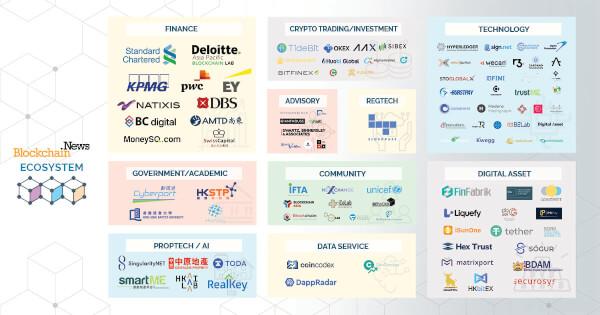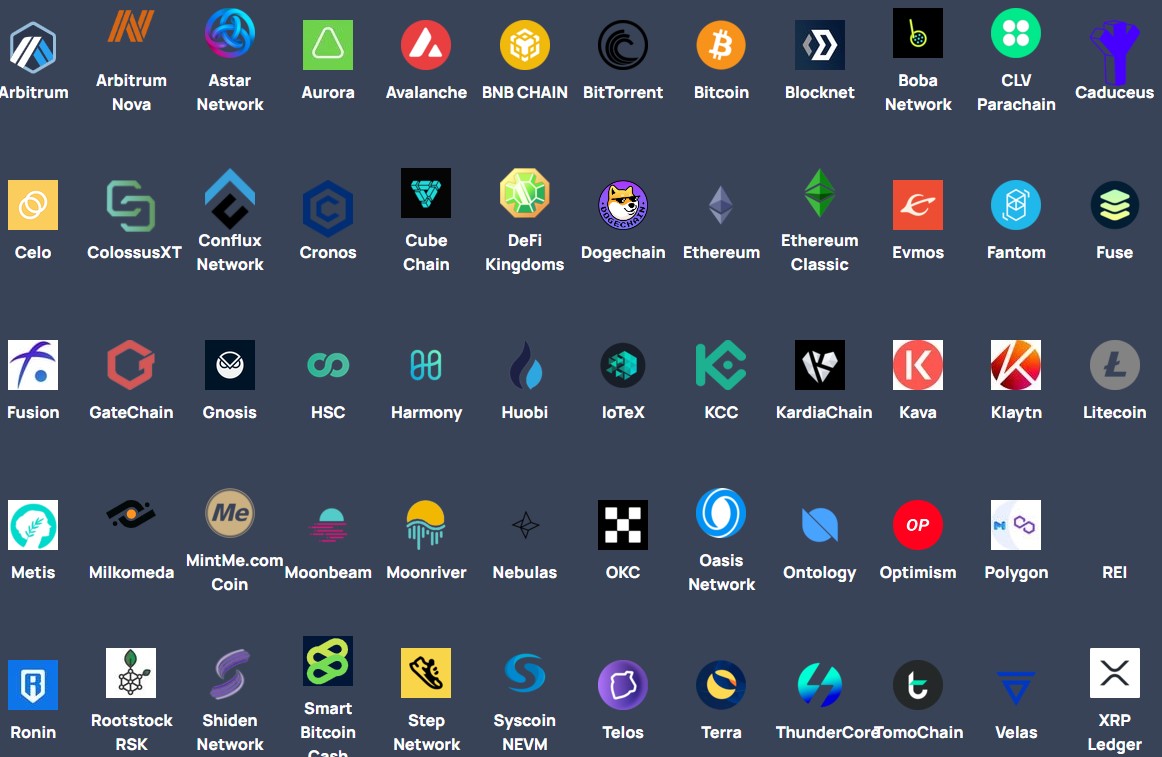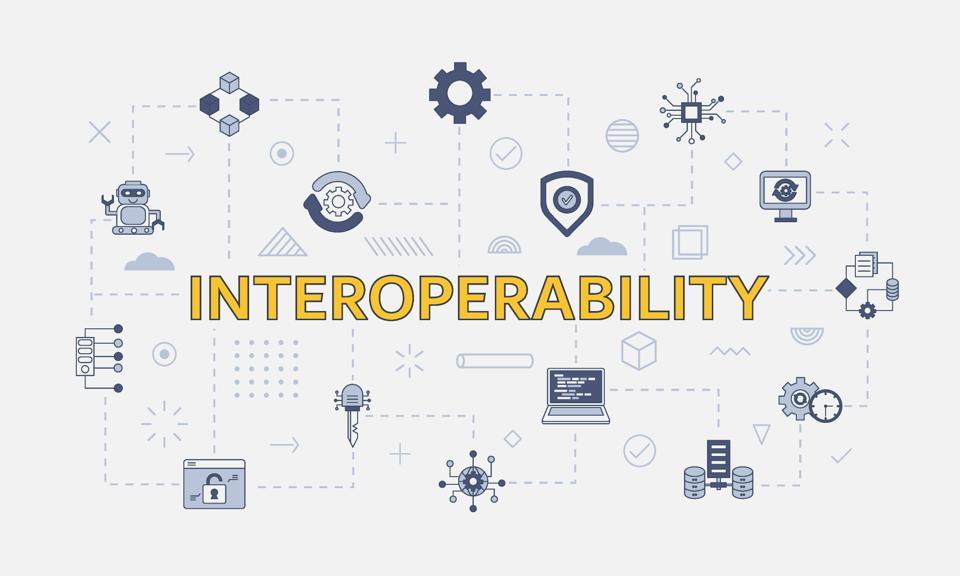In the ever-evolving landscape of digital technology, blockchain stands out as a groundbreaking force, promising to reshape numerous sectors—from finance to supply chains, voting systems to digital identities. Yet, amidst this transformative potential lies a significant challenge: the isolation of various blockchain networks, each operating in its own silo. As these decentralized ecosystems proliferate, the need for seamless communication and interaction among them has never been more pressing. Enter the concept of blockchain interoperability—a pivotal solution aimed at bridging the gap between disparate networks to foster collaboration, transparency, and efficiency. In this article, we explore the future of blockchain interoperability, examining the innovative technologies and strategies that could unite fragmented chains, drive adoption, and unlock the full potential of this revolutionary technology. Join us as we dive into the challenges, the breakthroughs, and the pathways that could define the forthcoming era of interconnected blockchain ecosystems.
Exploring the Landscape of Blockchain Ecosystems and Their Challenges
As blockchain technology continues to gain momentum, the emergence of diverse ecosystems has led to both exciting opportunities and notable challenges. Each blockchain operates in its own isolated environment, often using unique protocols, consensus mechanisms, and governance structures. This fragmentation can create barriers to interoperability, hindering the seamless exchange of data and assets across different networks. Key challenges in bridging these ecosystems include:
- Incompatibility of protocols
- Differences in transaction speeds and costs
- Regulatory discrepancies between jurisdictions
- Siloed user bases and resources
To navigate this complex landscape, solutions such as cross-chain communication protocols and decentralized exchanges are emerging as vital tools. These innovations aim to create a more cohesive blockchain environment where assets and information can flow freely, fostering collaboration and enhancing user experience. A glimpse into the current state of interoperability highlights the strides being made:
| Blockchain | Interoperability Solution | Key Features |
|---|---|---|
| Ethereum | Polkadot | Shared security, extensibility |
| Bitcoin | Lightning Network | Instant transactions, lower fees |
| Cosmos | IBC (Inter-Blockchain Communication) | Standardized communication, easy asset transfers |

Innovative Technologies Paving the Way for Seamless Interoperability
The landscape of blockchain technology is rapidly evolving, with innovative solutions emerging to address the longstanding issue of interoperability. Cross-chain communication protocols are at the forefront of this evolution, enabling different blockchain networks to share data and execute transactions seamlessly. These protocols, such as Polkadot and Cosmos, utilize a unique architecture that allows for easy interaction between heterogeneous chains. By harnessing the power of these technologies, projects can leverage diverse ecosystems, expanding their capabilities and creating richer user experiences.
Moreover, the development of decentralized oracles is crucial for achieving interoperability. These oracles serve as bridges between blockchain networks and external data sources, ensuring that accurate, real-time information is accessible across various platforms. The integration of oracles leads to the creation of dynamic smart contracts that can react to real-world events. As we move forward, the focus will be on enhancing standardization efforts that promote compatibility among platforms, fostering an environment where data flows freely and securely across networks.
| Technology | Functionality |
|---|---|
| Cross-chain Protocols | Enable interaction between different blockchains |
| Decentralized Oracles | Connect blockchains to external data sources |
| Standardization Efforts | Ensure compatibility across diverse platforms |

Strategic Partnerships and Standardization: Keys to a Connected Future
In the rapidly evolving landscape of blockchain technology, fostering strategic partnerships is essential for driving interoperability across diverse platforms. By collaborating, organizations can leverage each other’s strengths and resources, paving the way for seamless cross-network transactions. This collective approach is crucial for creating a robust ecosystem where different blockchains can communicate effectively, ensuring that users enjoy an experience devoid of friction. Key benefits of such partnerships include:
- Resource Sharing: Organizations can pool their technological and financial resources to enhance development efforts.
- Knowledge Exchange: Collaboration facilitates the sharing of best practices and innovative solutions among different entities.
- Expanded Connectivity: Strategic alliances can connect isolated blockchains, promoting a more integrated digital ecosystem.
Standardization serves as another cornerstone in realizing a connected future for blockchain technologies. By establishing common protocols and frameworks, all participating entities can ensure compatibility and ease of integration. Efforts towards universal standards can significantly reduce the complexity associated with cross-chain operations, enabling developers to focus more on innovation rather than compatibility issues. To illustrate the impact of standardization, consider the following table that highlights various blockchain networks and their respective focus areas:
| Blockchain Network | Focus Area |
|---|---|
| Ethereum | Smart Contracts |
| Hyperledger | Enterprise Solutions |
| Polkadot | Interoperability |
| Cardano | Scalability |
By embracing strategic partnerships and pursuing standardization, stakeholders can unlock new opportunities that enable a cohesive and efficient blockchain ecosystem, ultimately bridging the gaps that have historically hindered interoperability.

Empowering Users: Best Practices for Navigating Multi-Chain Interactions
As users venture into the world of multi-chain interactions, understanding the nuances of various blockchain ecosystems becomes essential. Each chain offers unique features, protocols, and user interfaces, making it crucial for users to cultivate a strong foundational knowledge. To enhance this experience, adopting the following practices can empower users:
- Research and Explore: Regularly familiarize yourself with the latest developments across different blockchains.
- Leverage Tools: Utilize wallets and platforms that support multiple chains to streamline interactions.
- Stay Informed: Follow updates from project teams and community discussions to keep abreast of changes.
- Security First: Always prioritize security best practices, such as using two-factor authentication and securing private keys.
Moreover, collaboration and community engagement can significantly enhance the multi-chain experience. Joining forums and online groups provides invaluable support as users share insights and strategies for efficient navigation across different platforms. Consider adopting the following approaches to foster a community-driven environment:
- Participate in Discussions: Engage in conversations about interoperability challenges and solutions.
- Share Knowledge: Contribute personal experiences and tips to help others navigate similar hurdles.
- Attend Workshops: Take advantage of educational resources offering hands-on experience with multi-chain setups.
- Collaborate on Projects: Work together on initiatives that promote blockchain interoperability among different communities.
To Conclude
In the ever-evolving world of blockchain technology, the call for interoperability resonates louder than ever. As detailed in this exploration of bridging the gap, the future holds promising possibilities for a seamlessly interconnected digital landscape. While the path to achieving comprehensive blockchain interoperability is dotted with challenges—from technical intricacies to regulatory concerns—the collective efforts of innovators, developers, and thought leaders pave the way towards a unified experience that transcends silos.
As we stand on the brink of this revolution, we are reminded that collaboration and transparency will be key drivers in realizing a future where diverse blockchain networks can communicate and operate together harmoniously. The unfolding narrative of blockchain interoperability is more than just a technical advancement; it is a catalyst for inclusivity, driving new opportunities and reshaping industries across the globe.
In a world where boundaries are increasingly blurred, the promise of interoperable blockchains suggests a new era of connectivity—one where ideas, assets, and values can flow freely, fostering innovation and collaboration like never before. As we look ahead, let us envision a future where blockchain’s full potential is unlocked, bridging gaps and uniting us all in an intricate dance of digital transformation. The journey is just beginning, and the possibilities are as boundless as our imagination.



